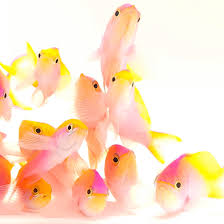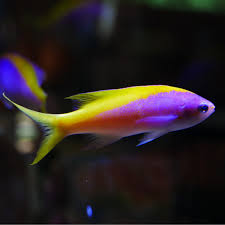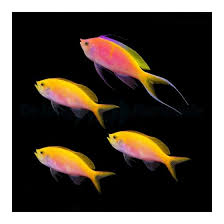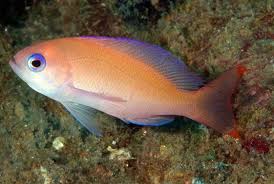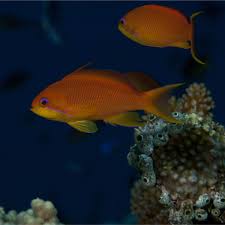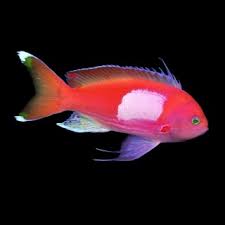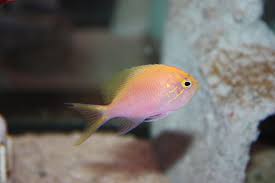The Dragon and Its Connection to Health Elements in Chinese Teachings

In Chinese culture, the dragon is much more than a mythical creature—it embodies vitality, balance, and well-being. Throughout the history of Chinese teachings, the dragon is intricately linked to various elements associated with health, longevity, and harmony. This article explores the symbolic relationship between the dragon and health in traditional Chinese philosophy, medicine, and cultural practices.
The Dragon in Traditional Chinese Medicine (TCM)
Traditional Chinese Medicine (TCM) has long emphasized the balance between the body’s internal energy (Qi), the environment, and the universe. Within this context, the dragon plays a symbolic role in understanding health and vitality. In TCM, dragons are often associated with the body’s life force—Qi—and the dragon’s movements reflect the flow of energy within the body.
The liver is one of the organs most closely connected with the dragon in TCM. The liver is said to govern the smooth flow of Qi throughout the body, and the image of the dragon, which represents movement and fluidity, is used to symbolize this vital function. When the liver Qi flows smoothly, it is believed that one will experience good health, emotional stability, and physical vitality.
Additionally, the dragon’s ability to move through water, clouds, and the sky is often used as a metaphor in TCM for the importance of maintaining balance in life, particularly the balance between Yin and Yang. Just as the dragon navigates diverse terrains with ease, health in TCM requires the fluid interaction of the body’s Yin and Yang energies.
The Dragon and Qi Gong Practices
Qi Gong, a traditional Chinese practice that focuses on cultivating and balancing energy, also draws upon the symbolism of the dragon. In Qi Gong, the dragon represents the ideal movement of energy, free-flowing and unimpeded. Many Qi Gong forms and exercises are designed to emulate the graceful, fluid movements of the dragon, which in turn helps practitioners maintain physical health and emotional balance.
In particular, the Dragon Qi Gong practices involve specific stances and movements that encourage the smooth flow of Qi through the body, similar to how a dragon flows through water. These movements are thought to help improve circulation, strengthen the internal organs, and increase overall vitality. By practicing these dragon-inspired movements, individuals can foster both mental and physical health, reducing stress and improving energy levels.
The Dragon and the Five Elements
The concept of the Five Elements (Wood, Fire, Earth, Metal, and Water) is central to many aspects of Chinese philosophy, including health. The dragon is closely connected with the Wood element, which is associated with growth, flexibility, and vitality. In this context, the dragon’s image symbolizes the power of renewal and regeneration, much like the growth of plants and trees in spring. This connection highlights the importance of balance, renewal, and harmonious growth in maintaining one’s health.
Wood also governs the liver and the eyes in Chinese medicine. As the liver is associated with the smooth flow of Qi, the dragon’s symbolism of movement is said to align with maintaining the body’s internal harmony and overall wellness. A balanced Wood element is believed to support healthy liver function, preventing common health issues like irritability, stress, and fatigue.
The Dragon and Acupuncture
In acupuncture, the dragon’s symbolism is also present. The flow of Qi, which is central to the practice of acupuncture, is often compared to the dragon’s graceful, unimpeded journey through different realms. The art of acupuncture seeks to unblock stagnant Qi and restore balance, much like how a dragon’s power is believed to regulate the natural world by ensuring that energy flows freely.
The dragon also symbolizes the Yin-Yang balance that is central to Chinese health practices. In acupuncture, needles are strategically placed along meridians to restore this balance and correct imbalances that could lead to health problems. The dragon’s role as a balancing force, controlling the flow of Qi, mirrors the way acupuncture seeks to harmonize energy within the body for better health.
The Dragon and Feng Shui for Health
Feng Shui, the ancient Chinese practice of arranging one’s environment to promote balance and harmony, also incorporates the dragon as a symbol of health. In Feng Shui, dragons are considered powerful protectors and bringers of good fortune. When placed correctly in the home or workspace, they are believed to enhance the flow of positive energy, improving physical and mental health.
The dragon’s placement in Feng Shui is often associated with the health corner of the home, known as the Zhen area, which corresponds to health, vitality, and personal growth. In this context, a dragon placed in the right position can bring a sense of well-being, restore balance, and ensure that good energy flows freely throughout the living space. This energetic flow is thought to promote a sense of vitality, contributing to both physical health and emotional harmony.
The Dragon in Cultural Practices for Health and Longevity
Beyond the realms of philosophy and medicine, the dragon also plays a role in Chinese cultural practices related to health and longevity. For example, the Dragon Boat Festival, one of China’s most celebrated traditional festivals, is not only an event honoring the legend of Qu Yuan but also a celebration of health and vitality. The festival, with its dragon boat races, is a reminder of the importance of physical activity, teamwork, and community well-being.
Additionally, many Chinese festivals and ceremonies incorporate dragon imagery to invoke health, longevity, and prosperity. The dragon, a symbol of good fortune and strength, is believed to bring blessings for long life and physical vitality. This connection between the dragon and health is seen in rituals that aim to promote longevity, protect against illness, and strengthen the body and spirit.
Conclusion
The dragon in Chinese teachings is much more than a powerful mythical figure—it represents the fundamental principles of health, vitality, and balance. From traditional Chinese medicine and Qi Gong practices to Feng Shui and cultural festivals, the dragon symbolizes the flow of energy, the harmony of elements, and the importance of maintaining both physical and emotional well-being.
By integrating the dragon’s symbolism into various health practices, individuals can cultivate a deeper connection with their body’s energy, promote balance in their lives, and enhance overall well-being. In this way, the dragon continues to inspire health and longevity, serving as a timeless symbol of vitality in Chinese culture.
